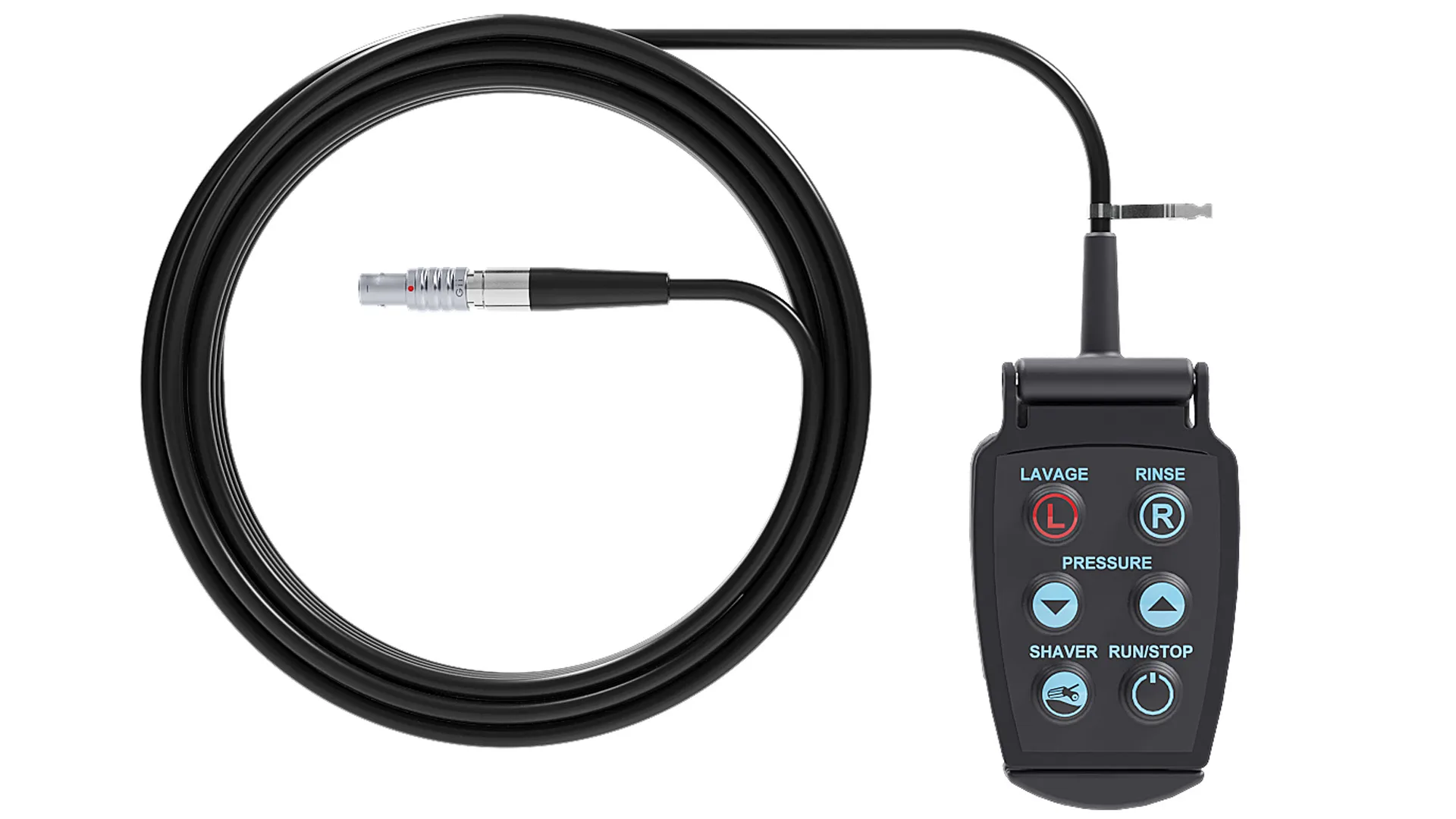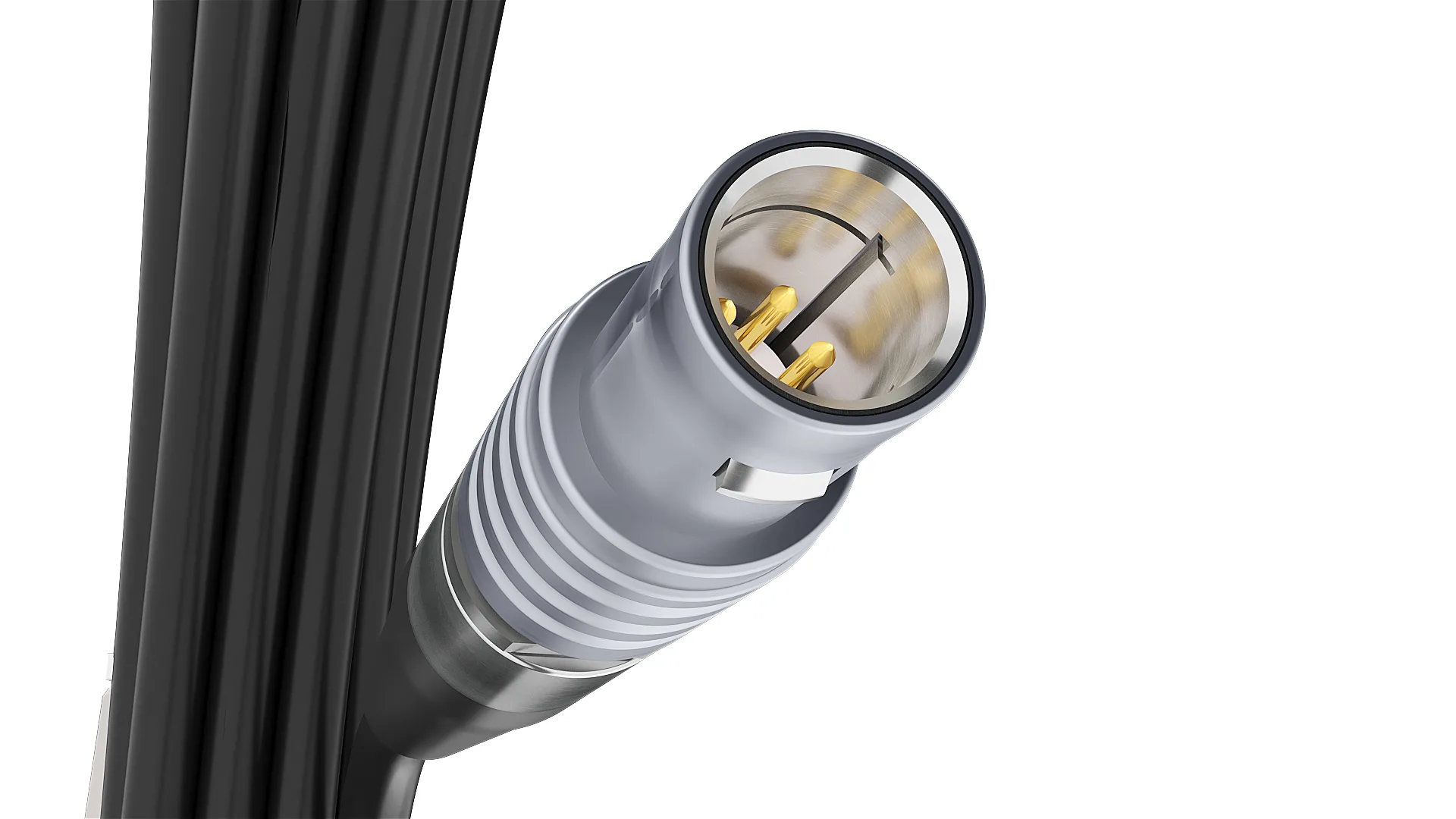Case Study: The Reusable Surgical Device Project
This case study explores how Global Interconnect, Inc. (Gii) worked with a world-renowned medical device company and its design firm to improve the production of a reusable surgical device used in orthopedic procedures.
Prior Design Issues:
Before Gii was called into help, this reusable surgical device kept breaking after auto wash and autoclave sterilization — failing in the field at a third of the marketed sterilization cycles. The OEM tried fixing it themselves with no success, causing them to lose money and, potentially, customers.
Bringing in Experts:
To tackle this problem, the OEM brought in an outside design experts known for their skills in designing reusable surgical devices that experienced auto wash and autoclave sterilization, as well as with a similar technology using magnetic switches. The OEM then added Gii to the team as their new manufacturing partner because we offered the ideal process and manufacturing capabilities. We had worked with this OEM in the past, with great success.
Design and Development Alignment:
The project started with a strong collaborative effort among Gii, the OEM and the design firm. Gii’s Robert Daley assumed the role of the project engineer, bridging the customer and the team, while Michael Melkonian, our design engineer, worked closely with the design firm. This intricate process involved seamlessly integrating technical knowledge with Gii’s design for manufacturing (DFM) expertise.
Design Features and Changes:
Key design changes were crucial to the project’s success. The new design included a special magnetic switch to improve the molding process and deal with air problems in the handpiece. Manufacuting the device involved molding liquid silicone rubber (LSR) around a printed circuit board assembly (PCBA) with surface-mount magnetic switches. This was difficult to accomplish, but Gii found a groundbreaking solution: a two-step molding process in the same tool. As the project neared the end, Gii took charge of making sure the design was easy to manufacture, updating and managing the drawings and models, which played a big role in the project’s success.
Testing and Validation:
Testing simulated typical usage in real medical settings, such as cable coil and connector mating cycles, along with auto wash and autoclave sterilization cycles exceeding 300. This thorough process would ensure key functions and quality were maintained. Parallel validation with verification testing accelerated project completion, bringing the product to market months ahead of schedule.
Exceeding Expectations:
The reliability tests, originally aiming for 300 cycles as a safety measure, went beyond expectations. One unit impressively went through over 1000 cycles, proving the device’s strength and durability. This outstanding performance shows that the reusable surgical device is a big step up from previous designs.
In Production and Beyond:
The reusable surgical device smoothly moved into production after successful validation efforts. The first batch met the customer’s needs, strengthening their reputation as a reliable and high-performing leader in the field.

